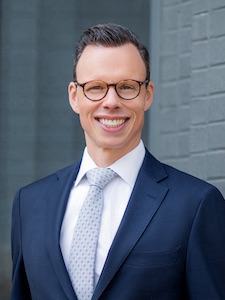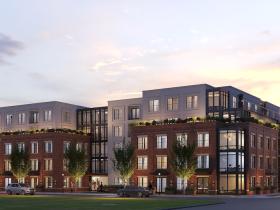What's Hot: Why Tysons Needs 10,000 More Apartments
 The Costs and Profits of a DC Condo Conversion, Revisited
The Costs and Profits of a DC Condo Conversion, Revisited
✉️ Want to forward this article? Click here.
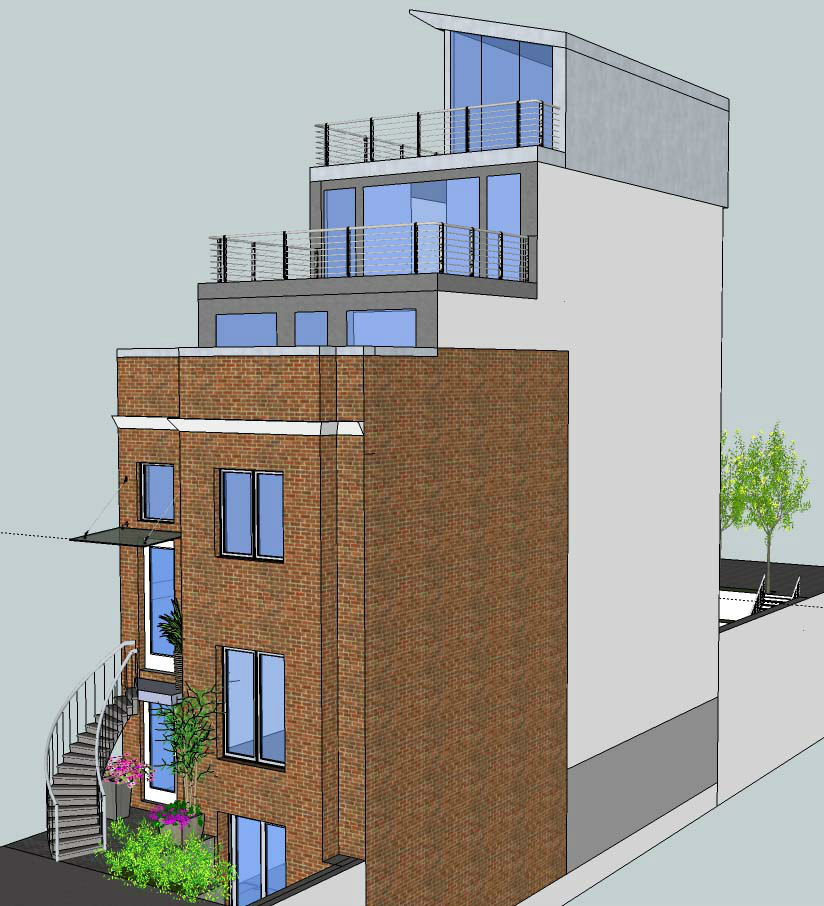
In 2017, UrbanTurf took a closer look at the return on investment that small-scale developers can expect in DC when converting a single-family home into condominium units. Since then, home prices have steadily increased, as has the cost of construction. Today, we revisit that examination to see how the costs and profitability of condo conversions has changed.
UrbanTurf spoke with real estate consultant Saman Zomorodi, a mortgage consultant and condo conversion associate at Standard Title Group, as well as a small-scale DC developer, both of whom offered an example of the itemized expenses and profits for small condo projects.
Although profitable home-flipping in DC has been associated with more affordable neighborhoods in recent years, converting a single-family home into condos remains profitable for developers willing to put in a hefty upfront investment. The table below compares conversions in Adams Morgan and the Shaw Historic District.
story continues below
loading...story continues above
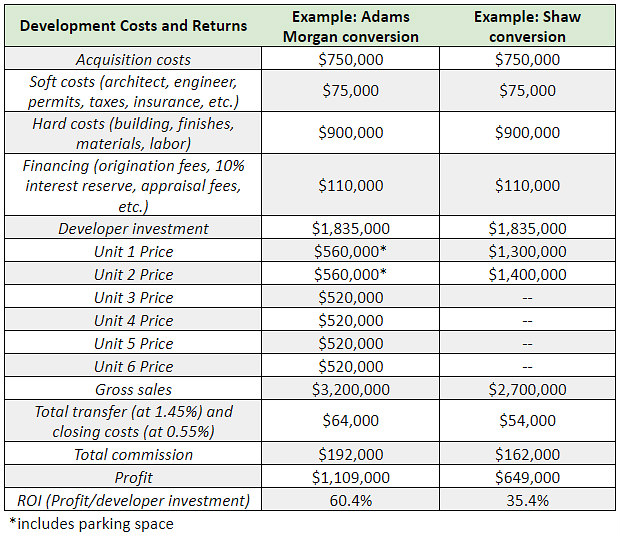
The Adams Morgan example is for converting a 4,000 square-foot stacked flat into six condo units. In this case, the site is zoned RA-2, is not in an historic district and requires two parking spaces. The Shaw example is for conversion of a 4,000 square-foot single-family home into a pair of flats. This example is also on an RF-1 zoned site within the Shaw Historic District, and no parking is required.
As the table above shows, the cost to acquire a property in these neighborhoods presents a barrier for entry into this kind of project. In the Adams Morgan example, a rowhouse ripe for conversion may have cost $550,000 in 2017, but could easily cost $750,000 now.
“DC’s real estate market has become very competitive, so it is critical for developers to have a solid business plan before entering into a condo conversion investment,” Zomorodi explained. The shift in the market also means that while there may be a higher profit numerically, the return on investment (ROI) is lower than what it was in 2017. In Adams Morgan, for example, converting a single-family home into two condos reaped a 147 percent ROI in 2017, while this year, converting that same home into six condos would reap an ROI of 60 percent.
Although rising construction costs are a factor in why hard costs have ballooned from the $200,000-300,000 range in 2017, it should be noted that the above examples are for luxury condo units with high-end finishes. Another difference between current examples and 2017's estimates is that the current conversions take approximately 18 months to complete rather than 14 months. Utilization of DCRA's pay-to-fast-track programs is factored into the soft costs above and offers developers a route to accomplish these developments within 14 months and potentially cut down on carrying costs.
Renderings and zoning analysis completed by Jim Foster of Arcadia Design.
See other articles related to: arcadia design, condo conversion, condo conversions, conversions
This article originally published at https://dc.urbanturf.com/articles/blog/the-costs-and-profits-of-a-dc-condo-conversion-revisited/15031.
Most Popular... This Week • Last 30 Days • Ever

For the second year in a row, the 20008 zip code, home to portions of the Forest Hil... read »

One of the critical factors in determining whether refinancing is a wise decision is ... read »
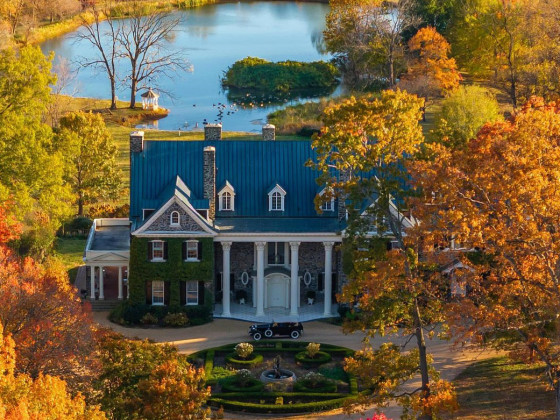
Located in Upperville, the 571-acre property known as Ayrshire Farm is under contract... read »
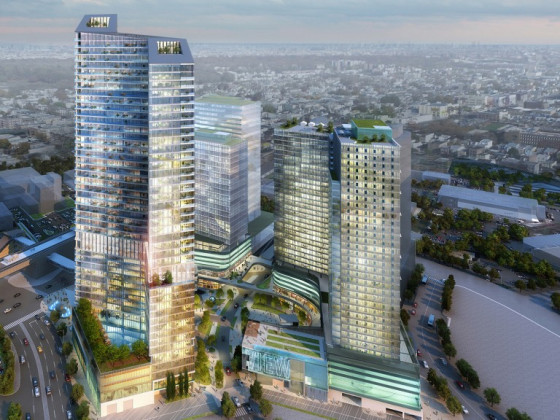
Tysons Corner will need a lot of new housing over the next 15 years, according to a n... read »
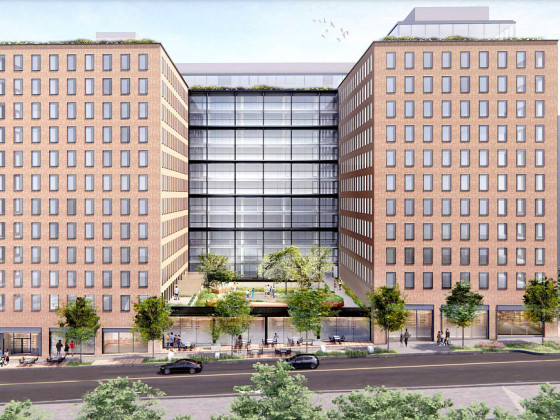
Gallaudet and JBG SMITH have filed a two-year extension of an approved planned-unit d... read »
DC Real Estate Guides
Short guides to navigating the DC-area real estate market
We've collected all our helpful guides for buying, selling and renting in and around Washington, DC in one place. Start browsing below!
First-Timer Primers
Intro guides for first-time home buyers
Unique Spaces
Awesome and unusual real estate from across the DC Metro

